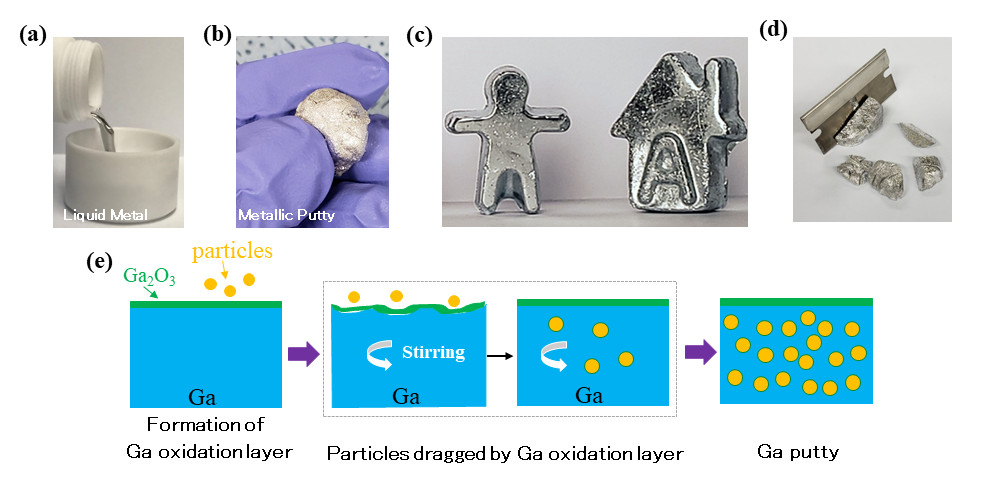
Researchers created a novel functional composite of gallium with putty or paste-like physical properties. The composite possesses excellent electromagnetic shielding as well as thermal conductivity. Gallium is a highly useful element that has accompanied the advancement of human civilization throughout the 20th century. Gallium is designated as a technologically critical element, as it is essential for the fabrication of semiconductors and transistors...
Read More









Recent Comments